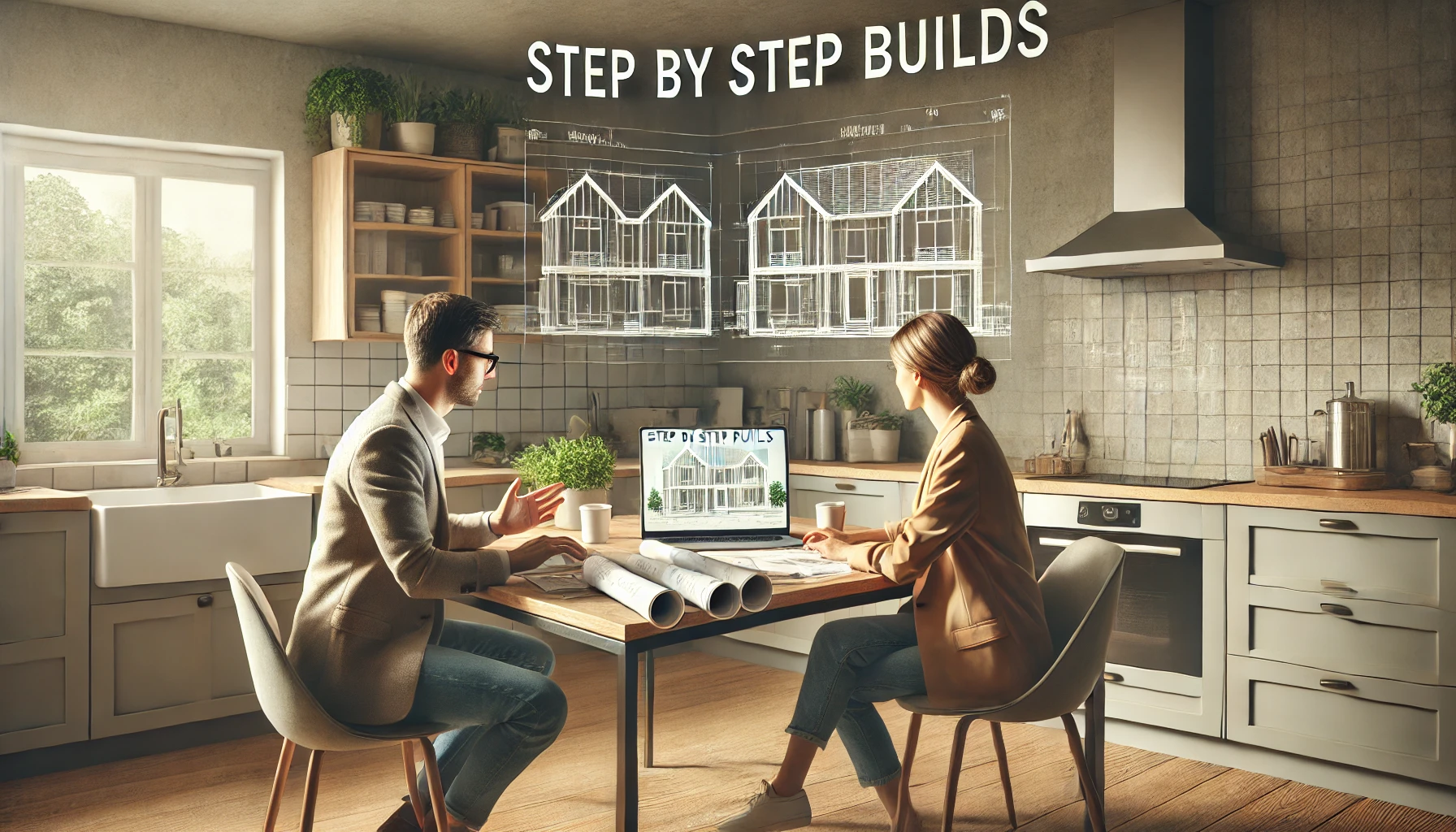
Check out our app!
Explore more features on mobile.
Define Your Vision and Goals for Building Your Property Task Page
Below is a detailed, step-by-step expansion of Step 1: Define Your Vision and Goals for building a home or commercial property. If you are leaning towards commercial then maybe check out our Step by Step Real Estate Investor section for plenty of Step by Step guides!

Step 1: Define Your Vision and Goals
Determine the Purpose and Scope
Clearly define the purpose of your property, whether residential or commercial, to align your goals with your plans.
Why It Matters: Defining the purpose and scope helps you create a focused plan and manage resources efficiently, preventing unnecessary complications later.
Tip: **Research similar properties** in the area to gauge the feasibility of your vision.
Contact Information (E.G. People involved with Task)
Practical Tips for Defining the Scope
Use these tips to refine your vision and make sure your project is both realistic and marketable.
Why It Matters: Future-proofing and market research ensure that your investment remains valuable and aligned with demand.
Tip: Talk to local **real estate agents** or investors for feedback on your plans.
Contact Information (E.G. People involved with Task)
Assess Your Financial Capacity
Determine how much you can afford for land acquisition, construction, and all associated costs.
Why It Matters: Knowing your financial limits early will help you avoid overextending yourself and ensure the project remains viable.
Tip: Work with a **financial advisor** to get a clear picture of what you can afford.
Contact Information (E.G. People involved with Task)
Factor in All Costs
Consider all potential costs, from land acquisition to post-construction expenses, to ensure a realistic budget.
Why It Matters: A comprehensive budget helps you avoid surprises and ensures that all necessary expenses are covered.
Tip: Work with a **quantity surveyor** to get an itemized cost breakdown from contractors.
Contact Information (E.G. People involved with Task)
Identify Key Home Requirements
Specify your home’s size, layout, and additional features based on your personal needs and budget.
Why It Matters: Identifying your home’s key features helps you stay focused on your priorities and align with your budget.
Tip: Look into **universal design features** that will ensure long-term value and ease of future upgrades.
Contact Information (E.G. People involved with Task)
Identify Key Commercial Property Requirements
Specify the commercial space requirements, including property type and tenant needs.
Why It Matters: Identifying commercial property needs early ensures that your design meets zoning requirements and is marketable to tenants.
Tip: Consult with a **local architect** to ensure your commercial property complies with local codes and offers the functionality needed for tenants.
Contact Information (E.G. People involved with Task)
Write a Clear Project Statement
Create a detailed statement for your project to clarify your vision and goals for the building.
Why It Matters: A clear project statement ensures that all stakeholders (contractors, architects, lenders) are aligned with your vision and goals.
Tip: Consult with an **architect** to review your project statement and ensure it’s feasible.
Contact Information (E.G. People involved with Task)
Your Tools
Access your tools to manage tasks, update your profile, and track your progress.
Collaboration Feed
Engage with others, share ideas, and find inspiration in the Collaboration Feed.



